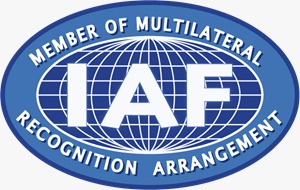Difference between risk management and insurance?
Risk Management
Risk management is a proactive process that involves identifying and planning for different types of risks, including financial losses, reputational damage, and operational disruption. This can be compared to insuring against future damages or losses by taking preventive measures now.
Insurance
Comparatively, insurance is a contract between two parties in which one party agrees to pay for damages resulting from specified events below certain thresholds at predetermined intervals in exchange for periodic payments from the other party.
Importance of Risk Management in the Insurance Industry
For an Insurance Company, Customer Service and Satisfaction would surely come to the forefront of a risk assessment. To address the risk, insurance companies could take steps to integrate incident management and risk management. Most Companies have a way to track incidents like customer complaints, but many do not have a way of categorizing, prioritizing, and escalating incidents across teams.
Risk Mgt. in the risk insurance business helps centralize and identify trends in customer feedback.
Examples of Risk Management In the Insurance Sector
- Property Damage: Most insurance companies are concerned with protecting their clients’ physical assets, including their bricks and mortar properties. In spite of the fact that natural disasters and other events may not always destroy property entirely, they always pose a significant threat to a business’s ability to operate normally.
Risk mitigation options:- Invest less than adequate insurance coverage
- Implement strategic controls for prevention
- Communicate your Business Continuity Plan proactively with your entire organization
- Product or service issues: In cases where customers feel that their product did not meet expectations, challenges and risks are inevitable. How can you prevent those risks from becoming more serious offenses like lawsuits?
Risk Mitigation options:- Invest in professional liability insurance
- Implement ERM software in your organization to prevent negligence claims
- To prevent third-party providers from delivering products or services that aren’t up to your organization’s standards, you need to conduct vendor due diligence
- Human capital costs: Any business faces a significant amount of risk due to its employees. It is human needs that directly affect a company’s health. It is human needs that directly affect a company’s health.
Risk Mitigation options:- Invest in workers’ compensation insurance
- Focus on protecting your organization from liability claims by investing in enterprise risk management software
- Perform mid-year reviews (at the very least) to determine where more time should be invested and where resources should be scaled back







I need to to thank you for this good read!! I certainly loved every bit of it. I have you bookmarked to check out new stuff you postÖ